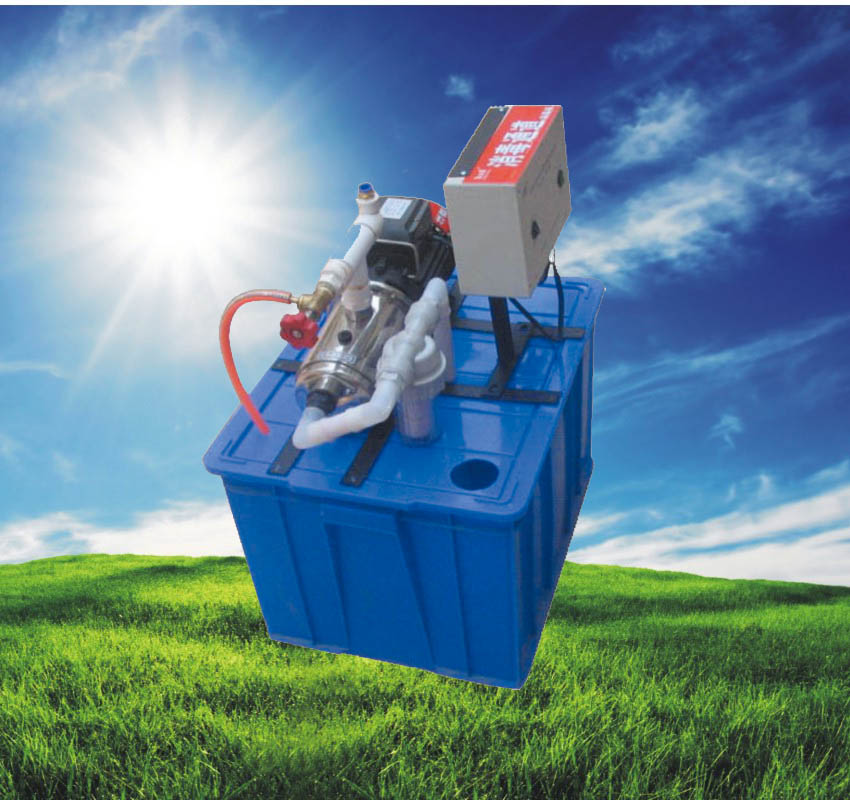Environmental protection arrangement of sewage treatment plan
With the rapid development of social economy, the problem of environmental pollution is becoming more and more serious, especially water pollution. In order to effectively meet this challenge, it is particularly important to make a scientific and reasonable sewage treatment plan. This article will discuss the environmental protection arrangement in the sewage treatment plan, aiming at improving the public's understanding of water resources protection and promoting the development and application of related technologies.
First, the goal setting
First of all, it is clear that the goal of sewage treatment is to achieve water quality discharge or reuse. This can not only reduce the pressure of natural water bodies, reduce the risk of pollutants spreading to the environment, but also achieve the purpose of saving water through recycling. According to the local specific conditions (such as water quality status, receiving water capacity, etc.), the quality standard of treated water is reasonably determined.
Second, technology selection and implementation
1. Pretreatment: remove large particles and other substances that are easy to block equipment in sewage to ensure the smooth progress of subsequent processes.
2. Biochemical treatment: organic pollutants are degraded by activated sludge method and biofilm method. In recent years, with the progress of microbial technology, many new and efficient biological treatment technologies have emerged.
3. Advanced treatment: Take special measures for trace harmful substances that are difficult to be removed by conventional means, such as advanced oxidation processes such as reverse osmosis and ultrafiltration.
4. Disinfection and sterilization: ensure that the effluent meets the health and safety requirements and prevent the spread of pathogens.
Third, the recycling of resources
Encourage and support the research on the reuse of municipal domestic wastewater, industrial wastewater and other sewage, and explore its application potential in agricultural irrigation and landscape water supply. At the same time, strengthen the construction of rainwater collection system, and combine the concept of sponge city construction to improve the comprehensive flood control capacity and water resources utilization rate of the city.
Iv. monitoring, evaluation and continuous improvement
Establish a sound water quality monitoring system, regularly detect the indicators of water inlet and outlet, and adjust the operation parameters in time to ensure the effect. In addition, we should also pay attention to long-term follow-up observation of ecosystem restoration and the health impact of surrounding residents, constantly sum up experiences and lessons, and optimize the scheme design.
V. Publicity, education and policy support
Strengthen the propaganda of popular science, and raise the awareness of water saving of the whole people; At the government level, it is necessary to introduce more incentive policies and measures, such as financial subsidies and tax incentives, to attract more social capital to invest in environmental protection industries.
In a word, sewage treatment is a complex and arduous task, which requires the joint efforts of all sectors of society to achieve results. Only when we truly realize that every drop of clear water is hard-won, can we better protect the most precious wealth on this blue planet-clean water.
 The environmental protection a
The environmental protection a
 Environmental protection prosp
Environmental protection prosp
 Air purification upgrade with
Air purification upgrade with
 Efficiency improvement of sewa
Efficiency improvement of sewa


